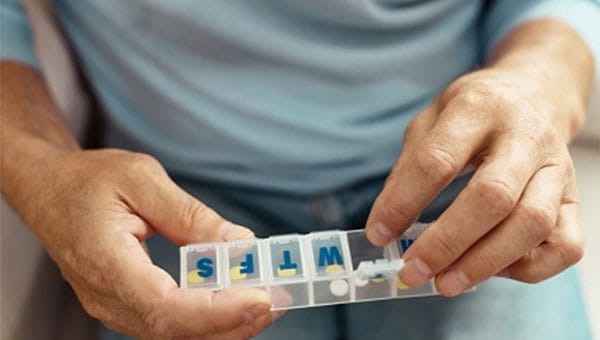Previous claims have even suggested that a tan can help protect beach-goers from getting a sunburn. This is completely false and can give you a false sense of security. Thinking you have an extra layer of protection by obtaining a baseline tan could make you less cautious in the sun resulting in intense burns and furthering your risk of developing skin cancer. If you plan on spending a long period of time in the sun, it’s recommended that you keep your skin covered, use sunscreen and seek shade when possible.
Indoor tanning is no different. Indoor tanning has long been tied to skin cancer. An estimated 30 million people, a quarter of which are teens, hit the tanning bed at least once a year. The Journal of Cancer Policy estimates this could be costing the consumers more than $343 million each year in health care costs. In 2015, it was calculated that more than 200,000 cases of skin cancer could be attributed to tanning beds.
While it’s nearly impossible to nail down the exact cause of each individual case, the Food and Drug Administration took action to rein in the use and regulation of tanning beds in 2014.
Tanning beds now have a black box warning for all consumers under the age of 18 and all beds are reviewed for safety by health officials before they hit the market.
BayCare offers a variety of diagnostic and treatment options for skin cancer. For more information on cancer services or a physician referral, call (855) 314-8346.




